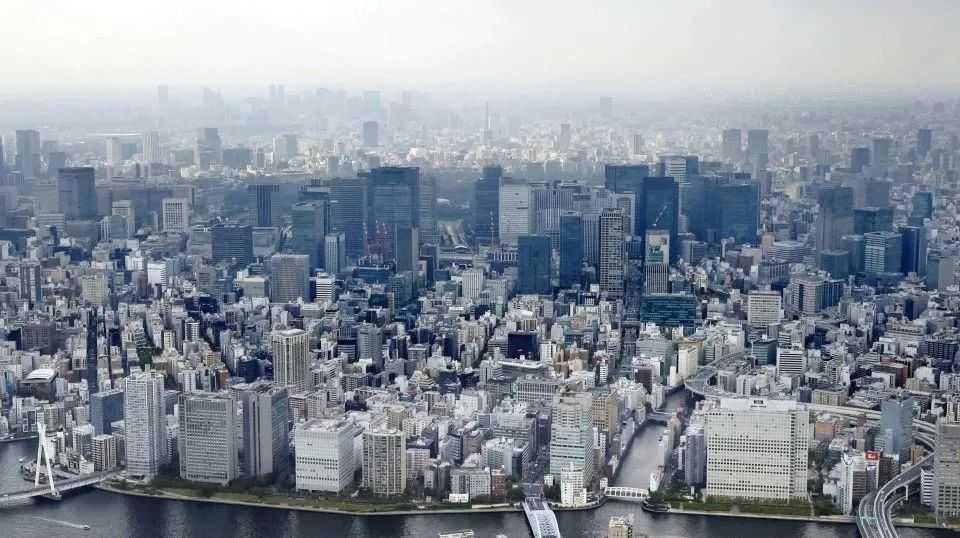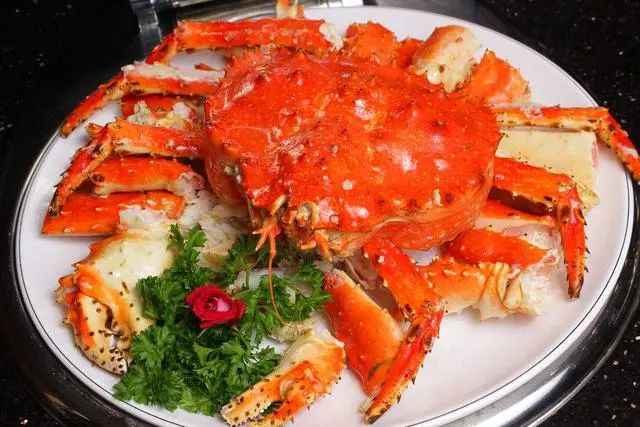BOJ Warns of Food Price-Driven Inflation; U.S. Tariffs Could Severely Hurt Japan's GDP
Bank of Japan board member Junko Kotani warned on July 9 that surging prices of rice and other foodstuffs are intensifying inflationary pressures, urging vigilance against "second-round effects" that might lift household inflation expectations. Japan’s consumer inflation remains around 3%, but the BOJ’s weighted median inflation gauge—closely watched by policymakers—still lags below the 2% target. Kotani noted economic uncertainty makes it premature to pinpoint the next rate hike, with food prices a critical variable.
Source: Images from the Internet, if there is any infringement, please contact the removal of
A July 8 estimate by Daiwa Institute of Research painted a grim tariff impact: a 25% U.S. reciprocal tariff could shrink Japan’s 2025 real GDP by 0.8%, widening to 1.9% by 2029. Adding auto-specific tariffs and spillover effects from U.S.-China duties could deepen losses to 1.3% in 2025 and 3.7% in 2029. This aligns with World Bank and OECD downgrades, which cut Japan’s 2025 growth forecast to 0.7% in June.
Japan faces a structural bind: imported inflation limits monetary easing room, while trade protectionism risks stagnation. The dual pressures—stubborn price rises and tariff threats—complicate the BOJ’s policy path as it balances stimulus needs with stability.









